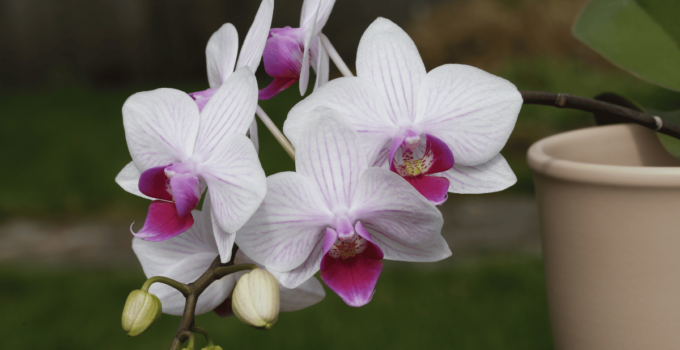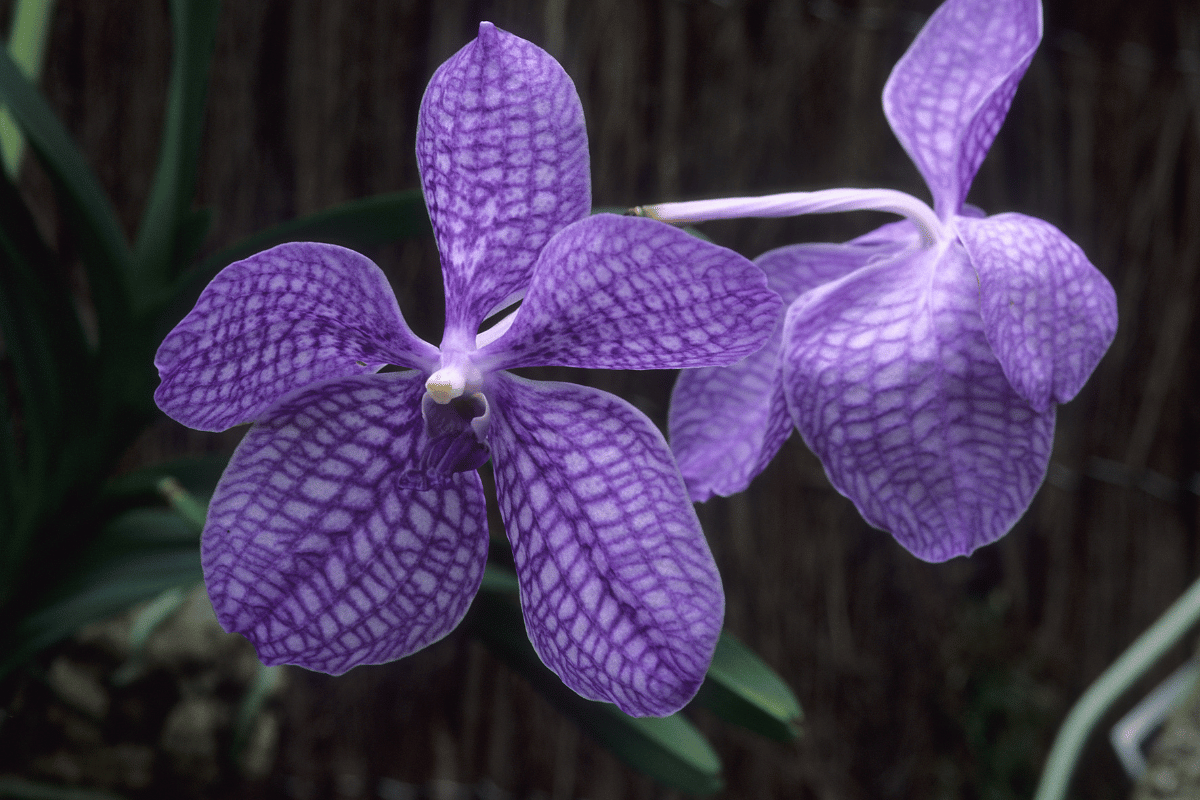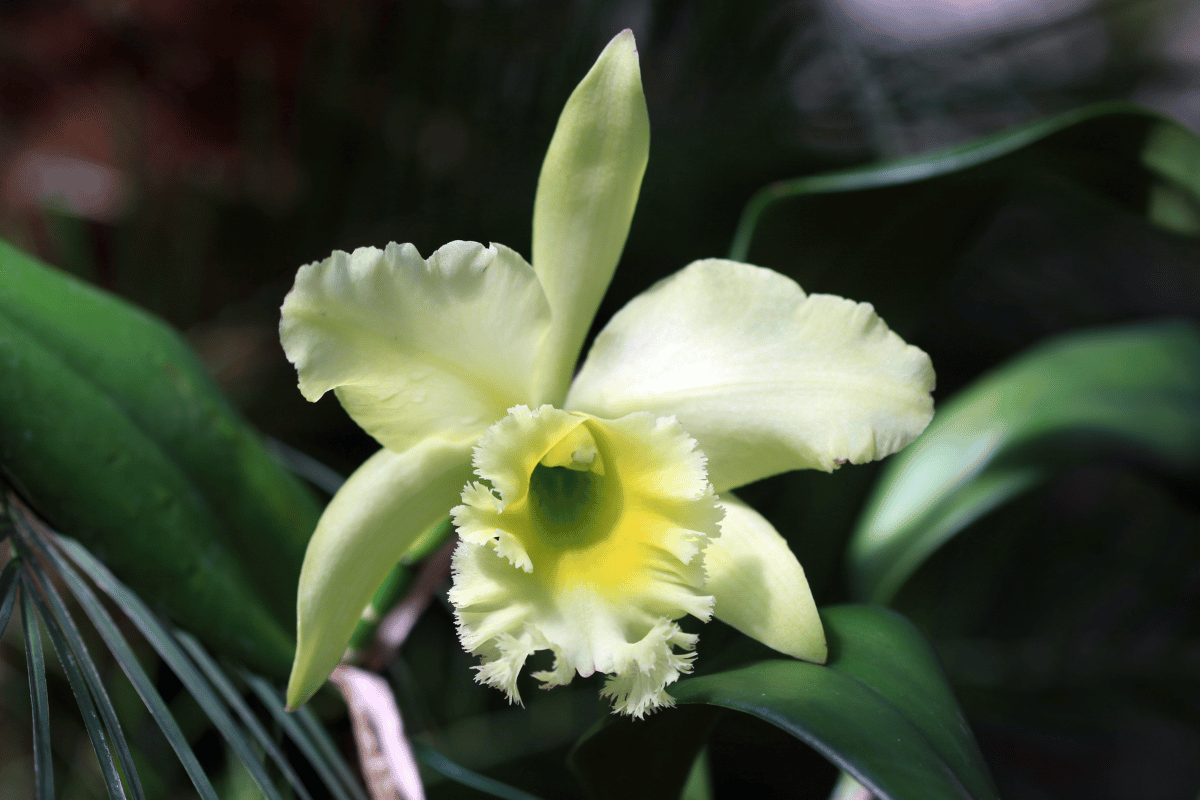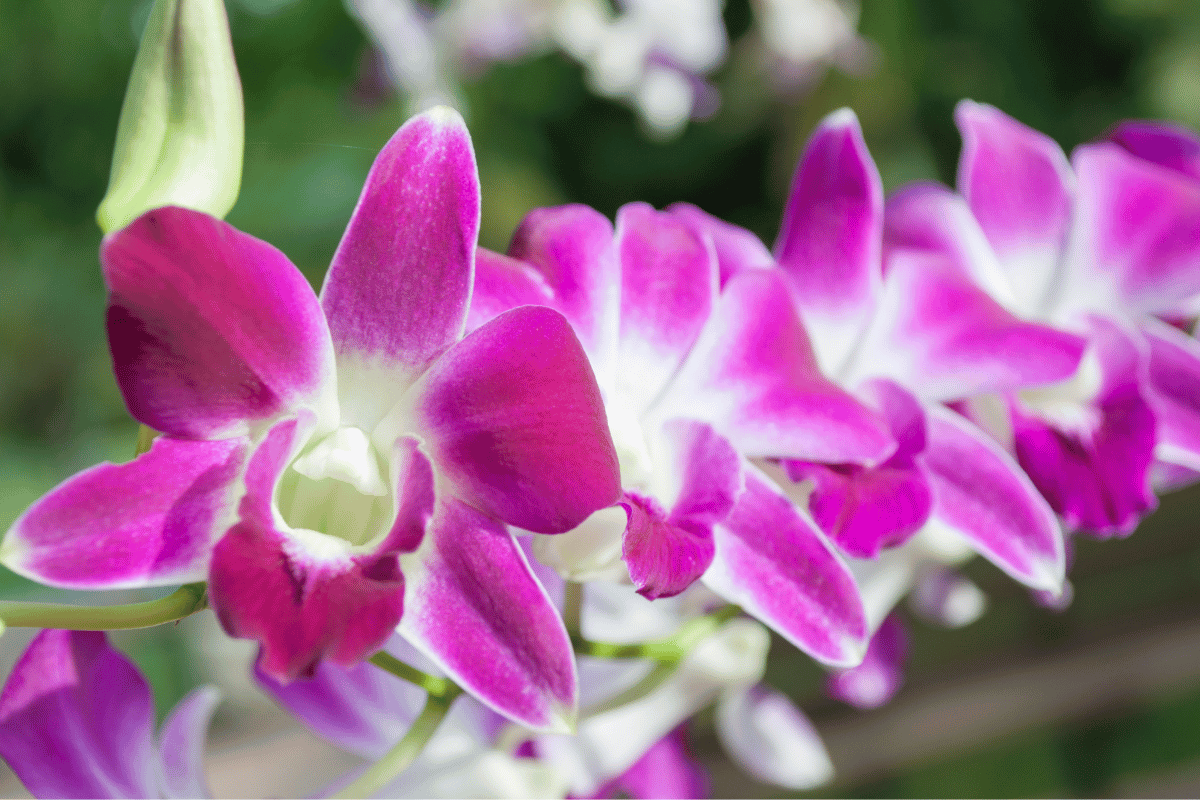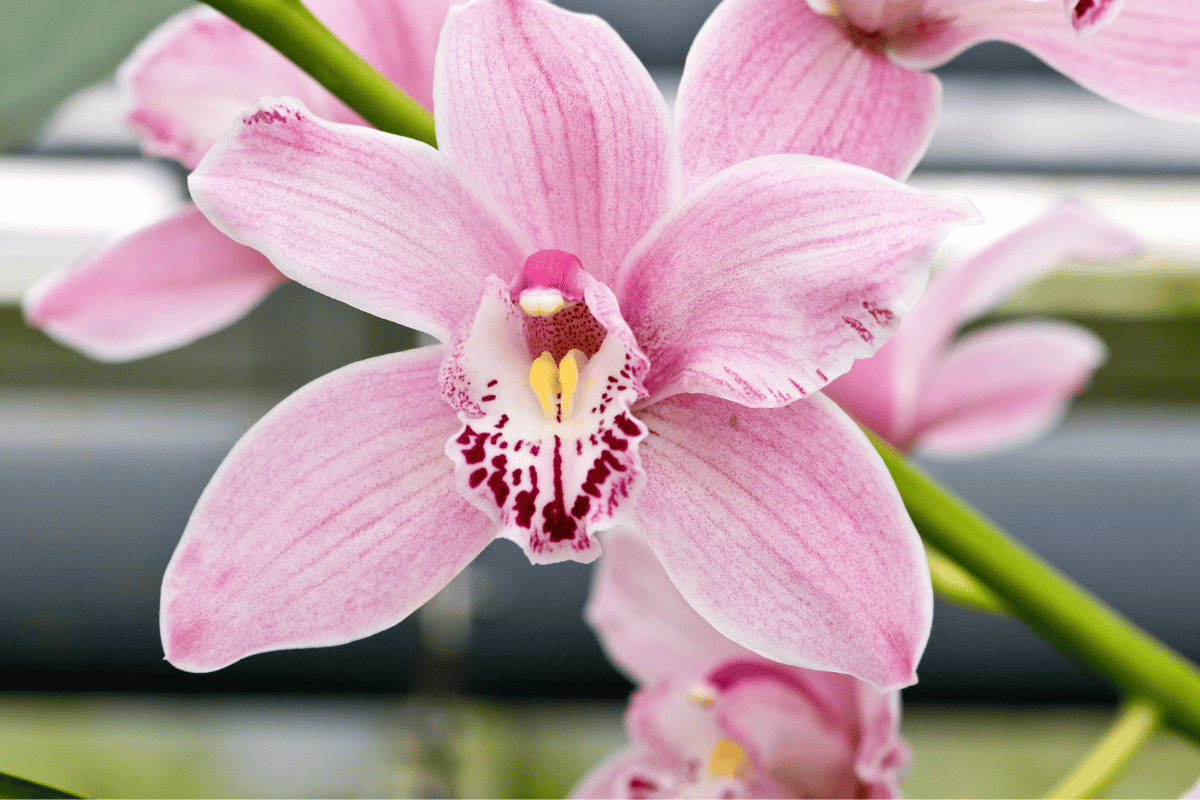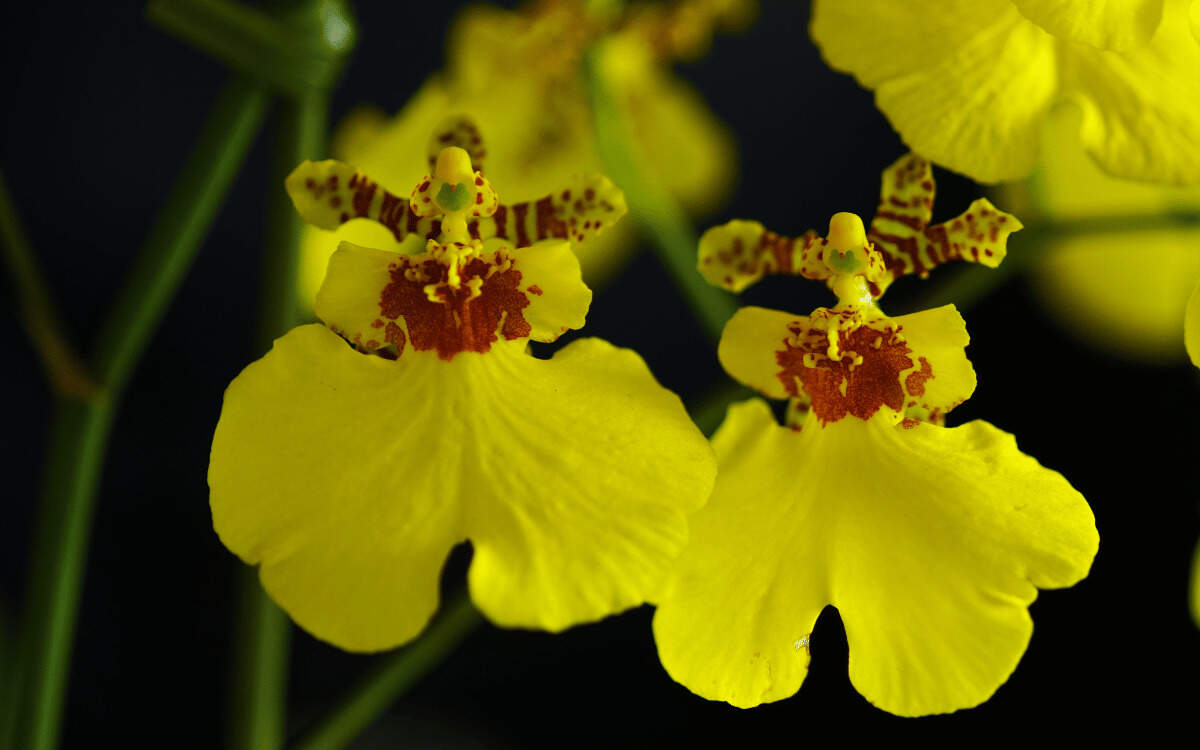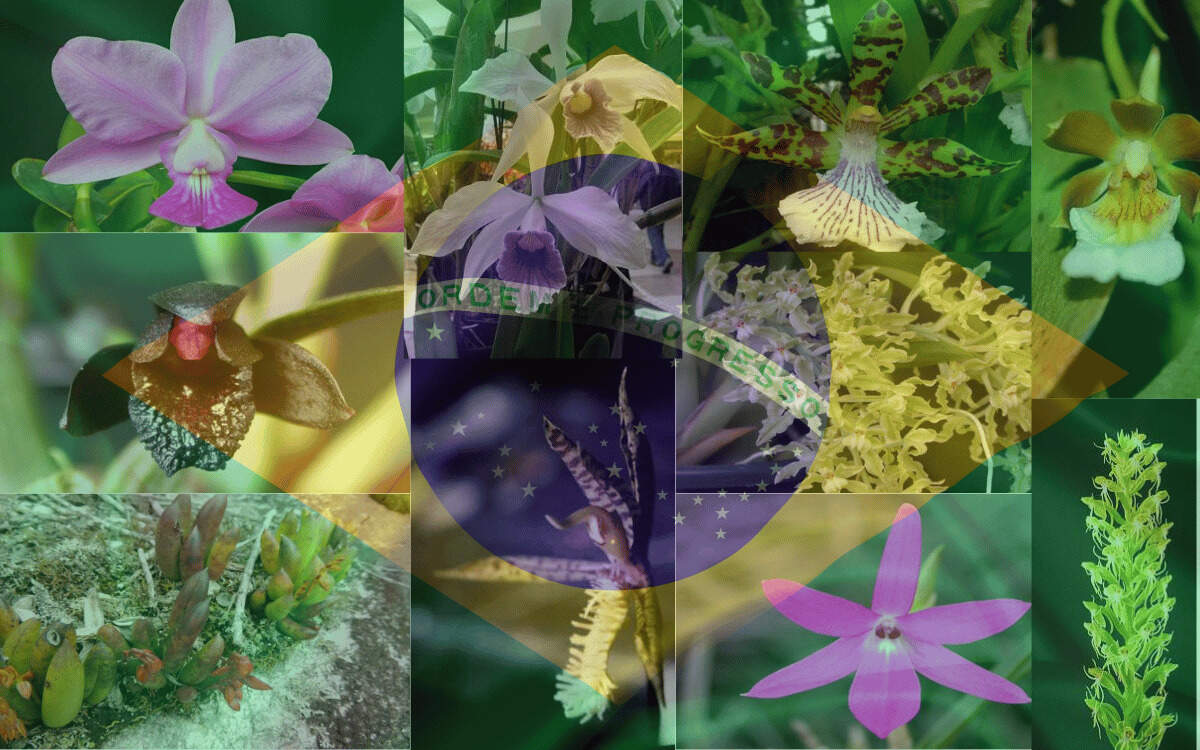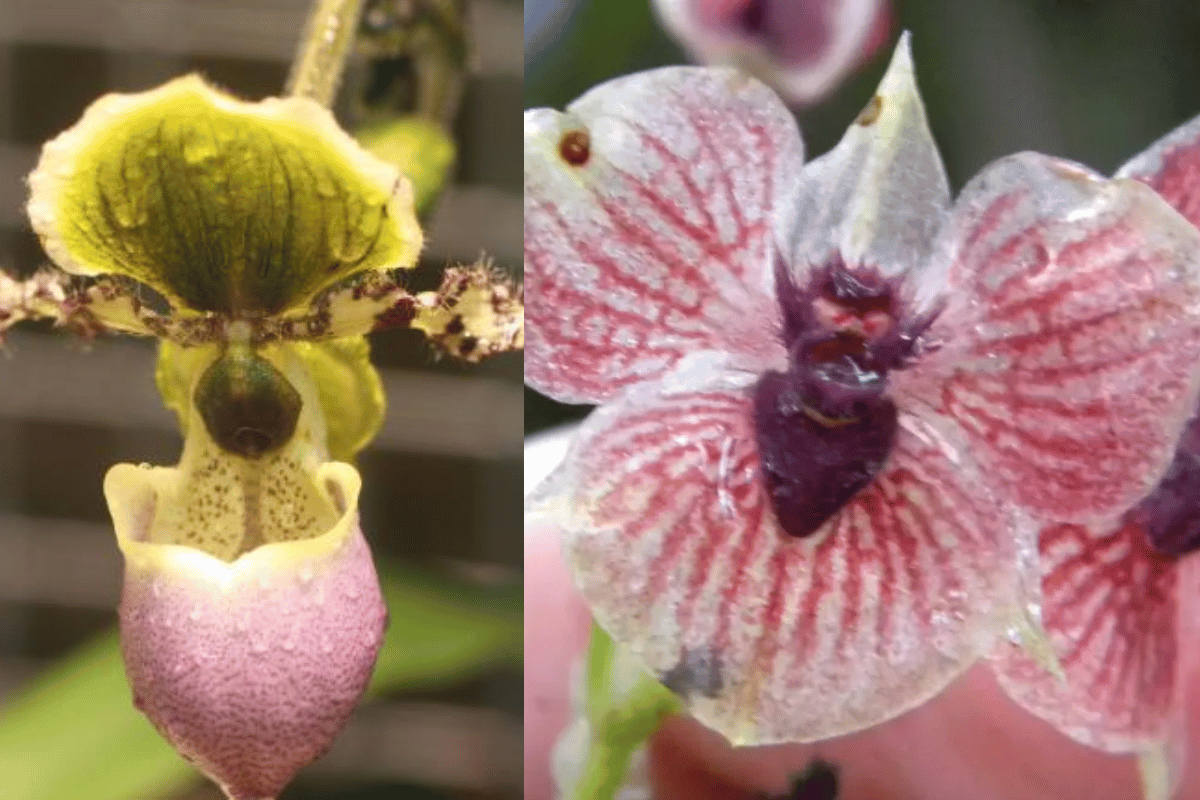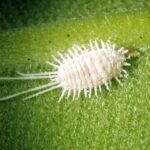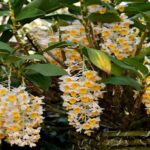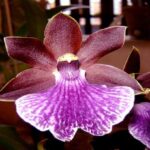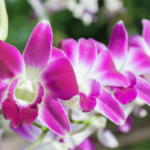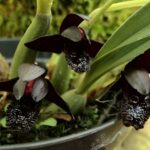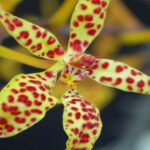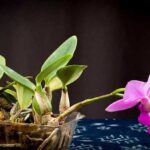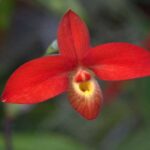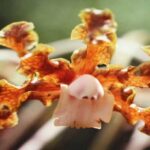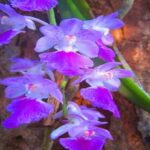Do you know how many orchid species currently exist? Among these species, what are the main types and why are they?
If you answered no to any of these questions, this article was made for you.
As already mentioned in the article on how to care for orchids, orchids are very diverse plants, over the years they have managed to adapt to the most diverse environments. Today, orchids can be found in:
- Trees and forest soils
- Swamps
- Near rivers
- Pastures
- Cerrado (a Brazilian savannah)
- Deserts
- Mountain tops
And, with this great diversity and adaptability, orchids have conquered almost all continents, except Antarctica.
Learn How to Achieve Super Blooms on Your Orchids
🛑 If you love orchids and you're tired of not being able to make them bloom...
Then, know that thousands of beginner growers are achieving beautiful flowers on their orchids by following this method.
Click the button below to have beautiful orchids with show-worthy flowers every year. ⤵
Types of Orchids With Names and Photos

There are various types of orchids that stand out among growers.
Some species are valued for their resilience and ease of cultivation, making them ideal choices for those who are starting to explore this hobby.
Other orchids are known for their unique shapes and colors, capturing the interest of those looking to add unique beauty to their environment.
Below, we will explore a selection with the names, photos, and characteristics of some of the main types of orchids that you will probably love to get to know.
Phalaenopsis – The Butterfly Orchid
Native to Asian countries, Phalaenopsis orchids have beautiful blooms that can last several months and, if you cut the flower stem correctly, it can bloom more than once a year.
These are easy-to-grow orchids that have adapted very well to the tropical climate.
Main species:
- Phalaenopsis violacea
- Phalaenopsis amabilis
- Phalaenopsis gigantea
- Phalaenopsis aphrodite
- Phalaenopsis schilleriana
To learn more about this type of orchid, click here and access our article about Phalaenopsis.
Vanda – The Orchid That Doesn’t Like Substrates
Vanda orchids are epiphytic plants that do not like to be planted in substrates. Their ideal cultivation is done by hanging them on trees, trunks, cachepots, etc.
Also native to Asia, vandas can reach up to 2 meters in height, like high humidity, and must be protected from direct sunlight exposure.
Their main species are:
- Vanda coerulea
- Vanda denisoniana
- Vanda lamellata
- Vanda tricolor
- Vanda teres
To learn more about them, see our article on vanda orchids.
Cattleya – My Favorite Orchid
Cattleyas are orchids found from Mexico to the south of South America. They are among the most cultivated and commercialized orchids in various countries, receiving significant attention for the beauty of their flowers.
Their flowers can vary in size and colors depending on the species, there are white, pink, orange, red, etc., flowers.
Here on the blog, we have several articles about the main Cattleya species, for example:
- Cattleya Bicolor
- Cattleya Purpurata (Laelia Purpurata)
- Cattleya Nobilior
- Cattleya Schilleriana
- Cattleya Labiata
- Cattleya Walkeriana
- Cattleya Intermedia
Moreover, if you want to read a complete guide on how to care for Cattleyas, see this text.
Paphiopedilum – The Slipper Orchid
It is important to mention that Paphiopedilum orchids are different from the types of orchids mentioned above.
While Vandas, Phalaenopsis, and Cattleyas are epiphytic species, meaning they live hanging from trees in their natural habitat, Paphiopedilums are terrestrial orchids.
Gaining significant attention for the unique appearance of their flowers, Paphiopedilums are considered easy to cultivate and can be planted in the soil.
Their main species are:
- Paphiopedilum rothschildianum
- Paphiopedilum insigne
- Paphiopedilum leeanum
- Paphiopedilum bellatulum
- Paphiopedilum delenatii
To see more photos and learn how to care for this orchid, see our text on slipper orchids.
Dendrobium – The Second Largest Genus of Orchids
With 1510 cataloged species, Dendrobium orchids stand out for their diversity of options for the cultivator.
In this genus, there are species with a wide variety of characteristics, for example, by cultivating Dendrobium thyrsiflorum, you can achieve more than 100 flowers in just one blooming.
Just like with Cattleyas, I have already written several articles here on the site with various information and photos about the Dendrobium species. If you want to learn more about them, just click on the links below:
- Dendrobium Amethystoglossum
- Dendrobium Kingianum
- Dendrobium Loddigesii
- Dendrobium Fimbriatum
- Dendrobium Nobile (Doll’s Eye Orchid)
- Dendrobium Aggregatum (lindleyi)
- Dendrobium Anosmum
- Dendrobium Moschatum
- Dendrobium Densiflorum
- Dendrobium Chrysotoxum
- Dendrobium Thyrsiflorum
- Dendrobium Moniliforme
Moreover, also access our complete guide on how to care for your Dendrobium orchid.
Cymbidium – The Boat Orchid
Two main curiosities about Cymbidium are:
- More than 11,000 Cymbidium hybrids have been made
- They are more resistant to cold than most other orchid species
If you live in colder climates and are looking for an orchid with easy cultivation and blooms that last more than 30 days, this is the ideal orchid.
Main species:
- Cymbidium aloifolium
- Cymbidium floribundum
- Cymbidium devonianum
To learn more about them, see our article by clicking here.
Do You Want to Learn How To Keep Your Orchids Healthy And Ready to Bloom Every Year?
So, I prepared a complete guide, step by step and illustrated, that will show you:
• The secrets to getting beautiful flowers every year
• How to fight and identify pests and diseases on your orchids
• THE MAGIC SUBSTANCE for orchids and how to use it
• And much, much more.
The great news is that the manual is now available at a super discount!!
But beware, it's only for the first buyers.
Click on MORE INFORMATION below and discover the secrets to show-worthy flowers. 👇
Oncidium – The Dancing-lady Orchid
Known by the nickname dancing lady, this is a resilient orchid that has very striking yellow flowers.
Found in countries of the Americas, there are currently about 330 species of oncidium, most of which can bloom at any time of the year and last from 7 to 45 days.
Their main species are:
- Oncidium crispum
- Oncidium altissimum
- Oncidium twinkle
- Oncidium sharry baby
To learn more about this type of orchid, see our article: Oncidium (Dancing-lady Orchid) – How to Care in 9 Steps
Ludisia – The Jewel Orchid
Ludisia has a unique appearance among orchids. With black or dark green leaves, these orchids catch the attention of any grower.
Popularly known as the jewel orchid or popcorn orchid, these are terrestrial plants that are easy to cultivate and have white flowers.
Their main species are Ludisia discolor and the newly discovered Ludisia ravani.
To learn more about them, I strongly recommend that you read this text.
Laelia – An Orchid With Striking Flowers
Orchids of the Laelia genus are very similar to Cattleyas.
Native to Mexico and some countries in Latin America and the Caribbean, Laelias are easy-to-grow plants that enjoy moderate temperatures and indirect lighting.
Their main species are:
- Laelia tenebrosa
- Laelia alvaroana
- Laelia pumila
To learn more about them, see this text.
How Many Orchid Species Are There?

In the 1980s, estimates indicated the existence of approximately 19,000 orchid species. A study conducted in 2005 revised these numbers, suggesting that the total number of orchid species was about 24,500. Currently, in 2024, it is estimated that the number of orchid species identified in nature varies between 28,000 to 30,000 divided into about 800 genera.
Among the various orchid species, a significant portion is found in South American countries. As illustrated below, in the list of the 10 countries with the highest number of orchid species, most are located in South America (source).
- Ecuador: 4,135 species
- Colombia: 4,062 species
- New Guinea: 2,920 species
- Peru: 2,325 species
- Brazil: 1,719 species
- Borneo: 1,709 species
- Venezuela: 1,698 species
- Costa Rica: 1,690 species
- Panama: 1,425 species
- Bolivia: 1,316 species
In addition to the species found in nature, humans have also created hybrid species. These species are created with the goal of achieving more beautiful and resilient plants.
According to sources, there are about 140,000 hybrid orchid species around the world.
Orchid Species

There are countless orchids on our planet, making it impractical to discuss all the species. Below, we’ll highlight some of the main orchid species, divided into the following categories:
- Major orchid species
- Brazilian species
- Rare species
And the links below will help you learn more about other species:
Remember the hierarchy again: species are one level below genera, and within a genus, there can be many different species.
Major Orchid Species
Among the 28000 orchid species, the following are some of the most famous and well-known:
- Phalaenopsis violacea
- Cattleya intermedia
- Cattleya walkeriana
- Vanda coerulea
- Paphiopedilum rothschildianum
- Dendrobium bigibbum
- Bamboo orchid (arundina)
- Catasetum barbatum
- Dendrobium nobile
These are just a few of the several species that are extremely popular among orchid enthusiasts in Brazil and around the world.
Brazilian Species
Currently, more than 1700 species of Brazilian orchids have been discovered.
Many of these plants are terrestrial and not widely cultivated, but some species stand out for their beauty:
- Cattleya walkeriana: Also known as the “Queen of Orchids,” Cattleya walkeriana is one of the most perfect orchids available in nature. It is found in some regions of Brazil and is highly regarded by cultivators worldwide.
- Brasilorchis schunkena: As the name suggests, the Brasilorchis genus consists only of orchids native to Brazil. This orchid is very popular due to its nearly black flowers (actually, a very dark brown that appears black).
- Cattleya purpurata: Another orchid that Brazil presents to the world, this orchid is one of the most famous among Cattleya enthusiasts. It is epiphytic and stands out for its beauty. It blooms during the summer and can be found in the south and southeast of Brazil.
- Habernaria Repens: This orchid is an example of the diversity of habitats where orchids can live. Habernaria repens is mainly found floating in swamps. Many consider it an aquatic orchid (possibly the only one in the world), although this is not official.
- Isabelia violacea: John Lindley was one of the main botanists responsible for cataloging orchids worldwide, and he also visited Brazil. In 1840, he discovered this orchid, which was reclassified in 2001 to its current genus.
- Campylocentrum aromaticum: Campylocentrum aromaticum is a Brazilian and Argentine orchid. It is relatively unknown, and its flowers are very small but appear in abundance. This orchid was found in 1907 by Barbosa Rodrigues and is a bit different from other campylocentrums due to its pubescent ovary. It can be found in almost all regions of southern and southeastern Brazil.
- Catasetum barbatum: This orchid is mostly epiphytic but can also be terrestrial. It can reach up to 70 centimeters (27.5 inches) in height and is mainly found near rivers. Its flowers are quite abundant, with more than 12 appearing in each flowering.
- Centroglossa macroceras: Centroglossa macroceras is a Brazilian micro orchid. It can be found in the southeast of Brazil, especially in regions between 400 and 1200 meters (1312 and 3937 feet). In the last 50 years, this orchid has suffered greatly due to the destruction of its natural habitat. In the state of São Paulo, where it was once easily found, it is now presumed to be extinct.
- Leptotes bicolor: Another Brazilian and Argentine orchid, it is found in the Atlantic Forest at medium altitudes. Its flowers bloom in spring, lasting an average of 15 days and presenting 1 to 5 flowers.
- Cattleya labiata: Also known as the “Queen of the Northeast” or the “Queen of the Sertão,” this was the first Cattleya discovered in Brazil. It blooms between November and April and can be found mainly in the northeast. Its two main characteristics are its large size and the pleasant smell of its flowers.
These are just a few of the main orchids in Brazil.
This country is full of interesting orchids found everywhere, especially in the Amazon rainforest and the Atlantic Forest.
Rare Orchids
There are several reasons that can make an orchid rare, some are quite interesting, and others are a bit sad.
For example, in some cases, orchids are rare because they were produced in a laboratory and few specimens were created.
In other cases, this occurs when a plant has been found few times in nature and mass multiplication is not possible.
Lastly, an orchid becomes rare when it is endangered, when humans have devastated its natural habitat, or for natural reasons.
Here are some of the main species of rare orchids:
- Cattleya walkeriana sorceress: yes, we have already talked about Cattleya walkeriana, but now let’s specifically discuss a variety of this plant, Cattleya walkeriana sorceress. This orchid is rare because only one specimen of it has been found in nature, and mass reproduction has not been possible so far.
- Sophronitis coccinea yellow: the first time I heard about this orchid was on the blog orquideasnoape, Sophronitis coccinea is not a rare orchid, but what puts it on the list is a species with a yellow color, the yellow color of this plant is extremely difficult to obtain due to its extreme recessiveness.
- Bulbophyllum fletcherianum pearson: this orchid is very curious, and I’m sure you won’t want to cultivate it. The major difference of this plant compared to others is that it is pollinated by flies and beetles, so it smells like garbage (a strong smell). It is found only in New Guinea and can produce up to 30 flowers.
- Plantanthera Azoica: one of the rarest orchids in the world, Plantanthera azoica is Hochstetter’s butterfly orchid, currently there are only 250 specimens of this plant, all very close on São Jorge Island. What makes this plant rare is its number of specimens and also its limitation in relation to the environment, as they are found in only one place.
- Shenzhen Nongke: now let’s talk about the most expensive orchid in the world, Shenzhen Nongke, this is an orchid artificially produced by a Chinese group. The big difference about this orchid is that it not only is produced artificially but also took 8 years to be made. Shenzhen Nongke cost 202,000 dollars.
These are just some of the various rare orchids in the world.
Many of these are impractical to cultivate because they cannot be found for sale, and you should not take them from nature.
But the sorceress walkeriana can be found at auctions (normally its price is very high).
Conclusion – Orchid Species
As you can see, there are thousands of orchid species, and each one has its peculiar characteristic.
Orchids are very well-developed plants that have managed to adapt over the years.
I hope you enjoyed this article 😀

